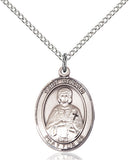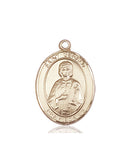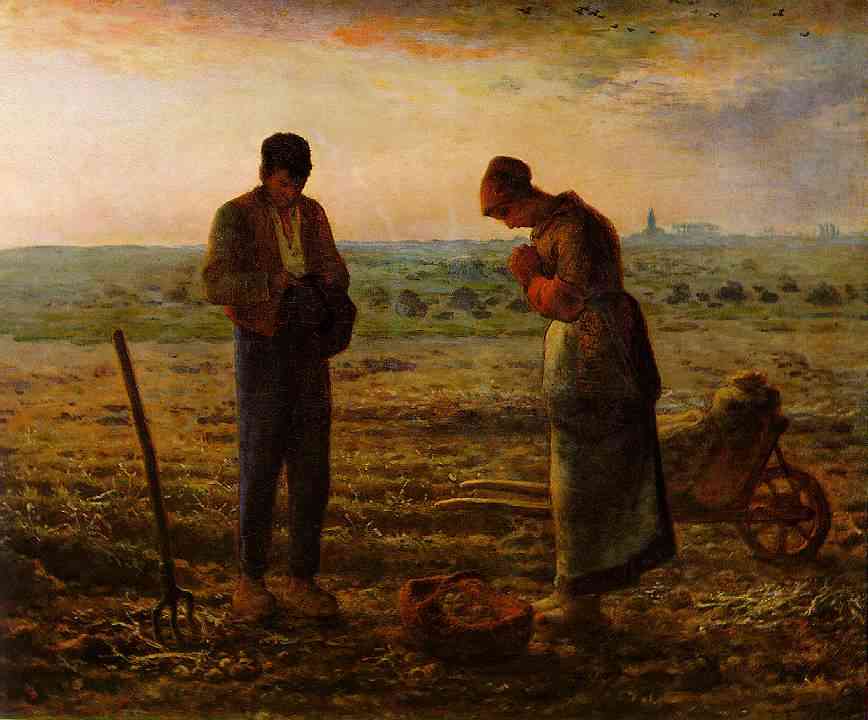Fundamentalists are sometimes horrified when the Virgin Mary is
referred to as the Mother of God. However, their reaction often rests
upon a misapprehension of not only what this particular title of Mary
signifies but also who Jesus was, and what their own theological
forebears, the Protestant Reformers, had to say regarding this
doctrine.
A woman is a man’s mother either if she carried him in her womb or if
she was the woman contributing half of his genetic matter or both. Mary
was the mother of Jesus in both of these senses; because she not only
carried Jesus in her womb but also supplied all of the genetic matter
for his human body, since it was through her—not Joseph—that Jesus "was
descended from David according to the flesh" (Rom. 1:3).
Since Mary is Jesus’ mother, it must be concluded that she is also
the Mother of God: If Mary is the mother of Jesus, and if Jesus is God,
then Mary is the Mother of God. There is no way out of this logical
syllogism, the valid form of which has been recognized by classical
logicians since before the time of Christ.
Although Mary is the Mother of God, she is not his mother in the
sense that she is older than God or the source of her Son’s divinity,
for she is neither. Rather, we say that she is the Mother of God in the
sense that she carried in her womb a divine person—Jesus Christ, God "in
the flesh" (2 John 7, cf. John 1:14)—and in the sense that she
contributed the genetic matter to the human form God took in Jesus
Christ.
To avoid this conclusion, Fundamentalists often assert that Mary did not carry God in her womb, but only carried Christ’s human nature.
This assertion reinvents a heresy from the fifth century known as
Nestorianism, which runs aground on the fact that a mother does not
merely carry the human nature of her child in her womb. Rather, she carries the person of her child. Women do not give birth to human natures; they give birth to persons. Mary thus carried and gave birth to the person of Jesus Christ, and the person she gave birth to was God.
The Nestorian claim that Mary did not give birth to the unified person of Jesus Christ attempts to separate Christ’s human nature from his divine nature, creating two separate and distinctpersons—one
divine and one human—united in a loose affiliation. It is therefore a
Christological heresy, which even the Protestant Reformers recognized.
Both Martin Luther and John Calvin insisted on Mary’s divine maternity.
In fact, it even appears that Nestorius himself may not have believed
the heresy named after him. Further, the "Nestorian" church has now
signed a joint declaration on Christology with the Catholic Church and
recognizes Mary’s divine maternity, just as other Christians do.
Since denying that Mary is God’s mother implies doubt about Jesus’
divinity, it is clear why Christians (until recent times) have been
unanimous in proclaiming Mary as Mother of God.
The Church Fathers, of course, agreed, and the following passages
witness to their lively recognition of the sacred truth and great gift
of divine maternity that was bestowed upon Mary, the humble handmaid of
the Lord.
PRAYER OF SAINT ALPHONSUS LIGUORI. (ONE THING NECESSARY)
PRAYER OF SAINT ALPHONSUS LIGUORI. (ONE THING NECESSARY)
O my God, help me to remember that time is short, eternity long.
What good is all the greatness of this world at the hour of death?
To love You, my God, and save my soul is the one thing necessary.
Without You, there is no peace of mind or soul.
My God, I need fear only sin and nothing else in this life,
for to lose You, my God, is to lose all.
O my God, help me to remember that I came into this world with nothing,
and shall take nothing from it when I die.
To gain You, I must leave all.
But in loving You,
I already have all good things,
the infinite riches of Christ and His Church in life,
Mary’s motherly protection and perpetual help,
and the eternal dwelling place Jesus has prepared for me.
Eternal Father, Jesus has promised
that whatever we ask in His Name will be granted us.
In His Name, I pray:
give me a burning faith,
a joyful hope,
a holy love for You.
Grant me perseverance in doing Your will
and never let me be separated from You.
My God and my All,
make me a saint.
What good is all the greatness of this world at the hour of death?
To love You, my God, and save my soul is the one thing necessary.
Without You, there is no peace of mind or soul.
My God, I need fear only sin and nothing else in this life,
for to lose You, my God, is to lose all.
O my God, help me to remember that I came into this world with nothing,
and shall take nothing from it when I die.
To gain You, I must leave all.
But in loving You,
I already have all good things,
the infinite riches of Christ and His Church in life,
Mary’s motherly protection and perpetual help,
and the eternal dwelling place Jesus has prepared for me.
Eternal Father, Jesus has promised
that whatever we ask in His Name will be granted us.
In His Name, I pray:
give me a burning faith,
a joyful hope,
a holy love for You.
Grant me perseverance in doing Your will
and never let me be separated from You.
My God and my All,
make me a saint.
Amen.





